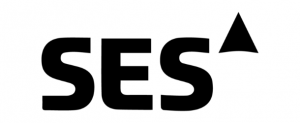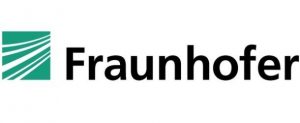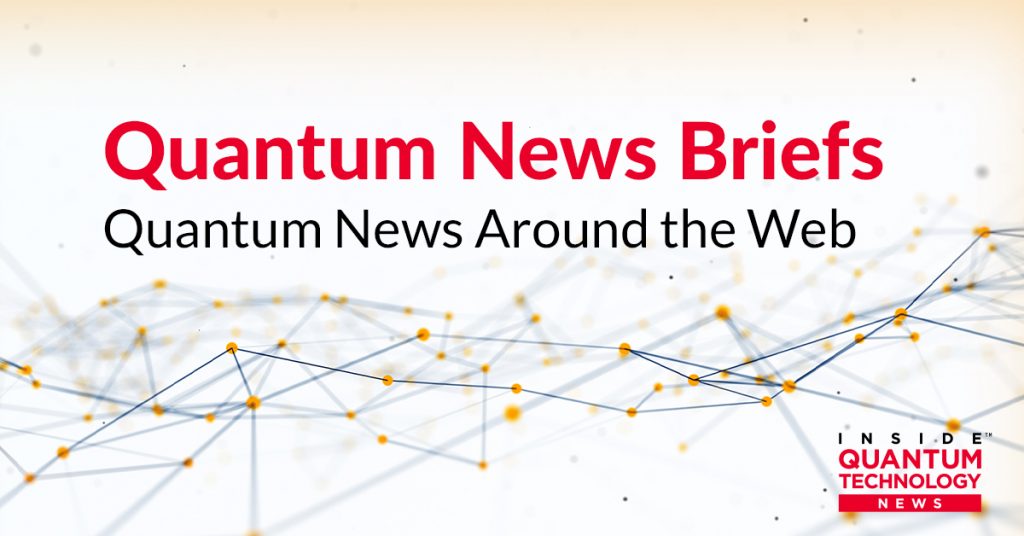Quantum News Briefs September 23 begins with SES, ESA and European Commission partnering to deliver satellite quantum cryptography system for European cybersecurity followed by announcement of the first successful exchange of quantum keys between Erfurt and Jena via optical fiber. Third is news of HZRD’s silicon nanopillars for quantum communication.
*****
SES, ESA and European Commission partnering to deliver satellite quantum cryptography system for European cybersecurity

The groundbreaking partnership between ESA and an SES-led consortium, with the European Commission support, is advancing Europe to the front of space innovation with satellite-enabled QKD. Together with its European partners, SES will build the first sovereign European end-to-end space-based QKD system, developing and operating a dedicated low earth orbit (LEO) satellite and building a state-of-the-art QKD operations centre in Luxembourg. The project is co-funded by the ESA contribution of Germany, Luxembourg, Austria, Italy, the Netherlands, Switzerland, Belgium and the Czech Republic under ARTES, as well as the European Commission through Horizon Europe.
Using the EAGLE-1 system, ESA and the European Union Member States will achieve the first step to demonstrate and validate QKD technologies from low earth orbit to the ground. The EAGLE-1 project will provide valuable mission data for next generation Quantum Communication Infrastructures (QCIs), contributing for example to the EU plans to deploy a sovereign, autonomous cross-border quantum secure communications networks.
The EAGLE-1 satellite is due to launch in 2024 and will then complete three years of in-orbit mission supported by the European Commission. During this operational phase, the satellite will allow European Union governments and institutions as well as critical business sectors early access to long-distance QKD to path the way towards an EU constellation enabling ultra-secure data transmissions.
*****
First successful exchange of quantum keys between Erfurt and Jena via optical fiber

The Thuringian Ministry of Science has provided eleven million euros in funding for developing an infrastructure for quantum communication networks in the Free State Thuringia, Germany. This includes a fiber-based test route between Jena and Erfurt. Partners of the Fraunhofer Institute for Applied Optics and Precision Engineering IOF have now successfully exchanged quantum keys on the 75 km route for the first time.
It is a milestone for the research of high-security quantum communications in Thuringia and Germany: on a test route between Jena and Erfurt, quantum keys have been successfully exchanged for the first time over a distance of 75 kilometers via optical fiber. More than 300,000 quantum keys were sent between the Thuringian cities over a test period of ten days.
The test route, funded by the state, had already been completed in the spring of this year. It connects Fraunhofer IOF in Jena with the Fraunhofer Center for Microelectronic and Optical Systems for Biomedicine (MEOS) in Erfurt. It has now been successfully launched with the latest test runs.
The special added value of the test route: it takes highly complex technologies for quantum key distribution (QKD) out of the laboratory and introduces them into a real, everyday infrastructure. Accordingly, the test route uses conventional optical fiber, for example, as it is already used today in IT infrastructures. It could thus be the basis for a nationwide implementation of quantum systems in the future. Also, about 6 kilometers of the test routes run above ground, allowing scenarios of already existing networks to be simulated.
*****
Silicon nanopillars for quantum communication
“Silicon and single-photon sources in the telecommunication field have long been the missing link in speeding up the development of quantum communication by optical fibers. Now we have created the necessary preconditions for it,” explains Dr. Yonder Berencén of HZDR’s Institute of Ion Beam Physics and Materials Research who led the current study. Although single-photon sources have been fabricated in materials like diamonds, only silicon-based sources generate light particles at the right wavelength to proliferate in optical fibers — a considerable advantage for practical purposes.
The researchers achieved this technical breakthrough by choosing a wet etching technique — what is known as MacEtch (metal-assisted chemical etching) — rather than the conventional dry etching techniques for processing the silicon on a chip. These standard methods, which allow the creation of silicon photonic structures, use highly reactive ions. These ions induce light-emitting defects caused by the radiation damage in the silicon. However, they are randomly distributed and overlay the desired optical signal with noise. Metal-assisted chemical etching, on the other hand does not generate these defects — instead, the material is etched away chemically under a kind of metallic mask.
*****
Brown mathematicians’ algorithm to serve as cryptography standard for quantum computing era
The story of the NIST-endorsed Falcon algorithm — and NTRU, the public key cryptosystem upon which Falcon is based — began in the mid-90s, when quantum computing was still in the realm of science fiction. At the time, Hoffstein’s goal was to develop an algorithm to simplify and speed up the way conventional cryptographic algorithms worked; in 1996, he co-founded NTRU Cryptosystems Inc. with Silverman and Pipher (who is also married to Hoffstein) to take it to market. Hoffstein said the history of NTRU is a “bloodcurdling saga,” but the company was ultimately successful, finding a suitable purchaser in Qualcomm. Falcon, which Hoffstein co-designed with nine other cryptographers, and two out of the three other algorithms NIST selected, are built upon the original NTRU framework.
*****
Sandra K. Helsel, Ph.D. has been researching and reporting on frontier technologies since 1990. She has her Ph.D. from the University of Arizona.
